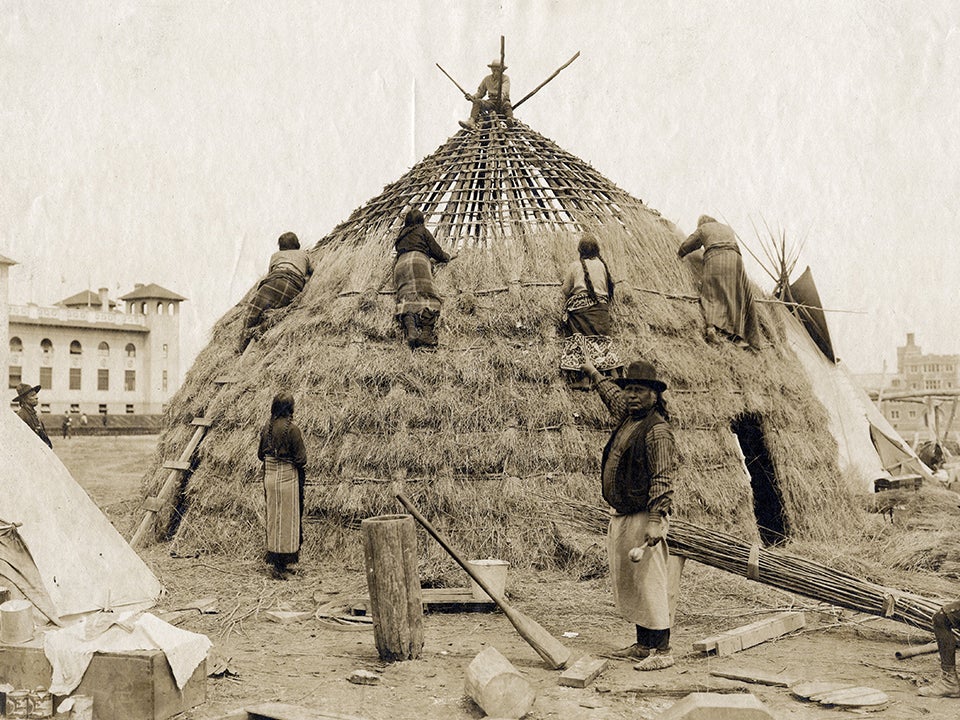2024 Summer Session C
8 weeks, June 17 - August 9
#13663
Reading and Composition
The ‘Other Indies’: Empire and Resistance in Southern Italian Art and Literature
Sally Anne Tucker, Diego Pirillo
Jun 17, 2024 - Aug 09, 2024
Tu, We, Th
01:00 pm - 02:59 pm
Internet/Online
Open Seats
9 Unreserved Seats

Among the most fertile and resource-rich regions of the Italian peninsula, the former Kingdom of Naples (the modern regions of Campania, Basilicata, Calabria, and Apulia) and Sicily have long been the sites of conquest and rebellion. Over the centuries, the cities of Naples and Palermo have served as the seats of independent regional powers, as governing outposts for the Kingdoms of Spain and Aragon, and as hotspots of political and social unrest. As important centers for the maintenance of political hegemony that were also hubs for intellectual and popular resistance, the Kingdoms of Naples and Sicily were crucial yet problematic cornerstones to economic and military primacy in the Mediterranean. This course explores the roles played by Naples and Sicily in the European and, eventually, global exchange of goods and power by considering the literary, visual, and material culture of Southern Italy. In doing so, it will explore how the arts of this region shaped and were shaped by the complex shifting regional and international dynamics that characterized Southern Italy from the 12th to 19th centuries.
This course is a writing-intensive class which fulfills Part B of the university’s requirement for Reading and Composition and teaches students to read and reflect critically about literary texts and works of art and to express their own, original ideas in an argumentative academic essay. Assignments will focus on visual analysis, close reading, and written composition. Students will also learn to develop their own ideas and respond to those of their classmates through class discussion and peer review.
COURSE READINGS
Primary Texts include (readings will be in English; subject to change):
Antonio Beccadelli, Hermaphroditus, 1425
Giovanni Pontano, De Principe, 1493
Jacopo Sannazaro, Arcadia, 1504
Benedetto Croce, Storia del Regno di Napoli, 1925
Giuseppe Tomasi di Lampedusa, Il Gattopardo, 1958
Secondary Texts include (readings will be in English; subject to change):
David Abulafia, Sicily and the Mediterranean in the Late Middle Ages
Henry Kamen, Empire: How Spain Became a World Power 1492-1763
Jennifer D. Selwyn: A Paradise Inhabited by Devils. The Jesuit’s Civilizing Mission in Early Modern Naples, Aldershot 2004.
Thomas Dandalet and John A. Marino, Spain in Italy: Politics, Society, and Religion 1500-1700, 2007
Francesco Benigno, Mirrors of Revolution: Conflict and Political Identity in Early Modern Europe, 2010
Tommaso Astarita, A Companion to Early Modern Naples, 2013
Frank Fehrenbach, Nature and the Arts in Early Modern Naples, 2020
Selected Artworks (subject to change):
Cappella Palatina, 12th century, Palermo, Sicily
Tino da Camaino, Anjou tombs, 14th century, marble, Santa Chiara, Naples
Antonello da Messina, Virgin Annunciate, 1476, oil on wood, Palermo, Sicily
Caravaggio, Seven Works of Mercy, 1606-1607, Pio Monte della Misericordia, Naples
Chapel of San Gennaro, Naples, 17th century
Giuseppe Sanmartino, Veiled Christ, 1753, Sansevero Chapel, Naples










